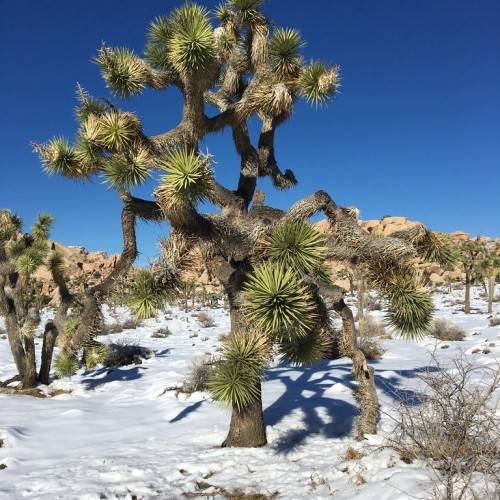
Joshua tree
Yucca brevifolia
Cycle:
Perennial
Watering:
Minimum
Hardiness Zone:
6 - 10
Flowers:
Flowers
Sun:
Full sun
Growth Rate:
Low
Maintenance:
Low
Drought Tolerant:
Yes
Salt Tolerant:
Yes
watering
The Joshua tree requires deep, thorough watering, especially during its first year of growth. It should be watered deeply once a week during dry periods, when temperatures remain above 75°F (24°C). Under normal weather conditions, water it once every 2 weeks in the early spring and summer months or when the soil has become dry. It’s important not to over-water the tree since it is prone to root-rot. Avoid watering the foliage directly. Instead, focus on moistening the soil around the base of the tree.
sunlight
Joshua trees need full, direct sunlight for most of the day to grow properly. Spring and summer are the sunniest season, with up to 10 hours of direct sunshine a day for the Joshua tree species. In the fall and winter, however, the days are shorter and sunshine hours are more limited – approximately 6 to 8 hours a day. This reduced amount of light helps the tree move into a “dormant” phase during the colder months.
pruning
Joshua trees should be pruned once per year, preferably in the late winter or early spring. Pruning should not exceed 30% of the tree’s total growth. Areas that have suffered disease or insect damage should be removed entirely, as these can lead to further decline in the tree’s health. If needed, pruning should be done with sharp, clean pruning tools, and pruned back to a point just beyond a healthy bud. Pruning should never be done to change the overall shape of the tree.
